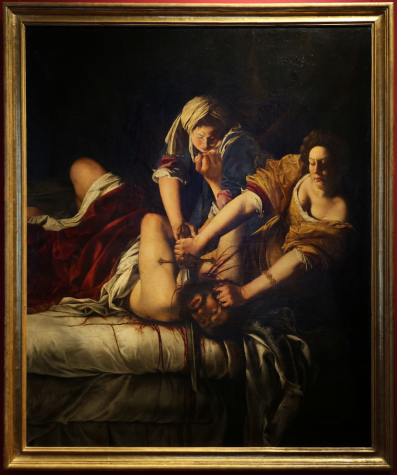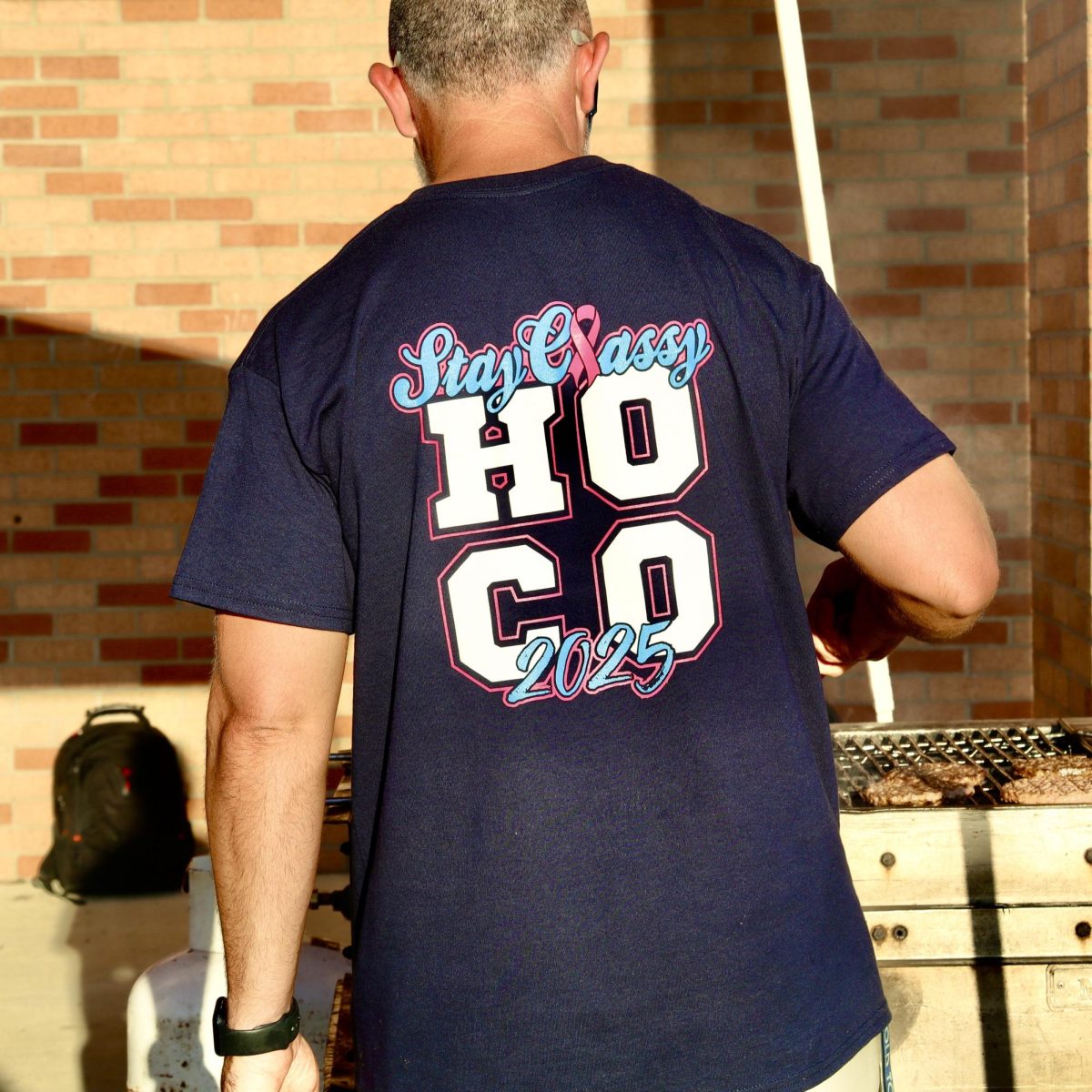Reed Books: The Furies
January 31, 2021
The Furies by Katie Lowe is an exploration in female rage, revenge, and obsession, but falls short with its mediocre protagonist. Taking place in an all-female boarding school, the book follows Violet and her three friends as they learn about, and thus attempt, witchcraft, getting revenge on any man that wrongs them.

What makes this novel interesting is the theme of female rage, and the parallels between Violet and Robin’s friendship to classic art and literature. Their teacher, Annabel, goes in depth about the paintings Judith Slaying Holofernes by Artemisia Gentileschi and Judith Beheading Holofernes by Caravaggio. Both paintings depict the same scene – the biblical figure Judith decapitating Holofernes after seducing him – but the feminism (or lack thereof) behind these pieces separates them. In Gentileschi’s, Judith is killing Holofernes with the help of a maid. Both women are around the same age and level of beauty, and while they do not take pleasure in the kill, their faces show no hesitation. In Caravaggio’s scene, however, only Judith is actually killing Holofernes. She is young, beautiful, and clearly doubtful that what she’s doing is right. An older, ugly maid watches from the side, an evil smile on her face. Annabel explains that Gentileschi understood how powerful female friendship, left “unsupervised” by men, could be. Judith and her maid are equals in this act. But Caravaggio, as a man, did not understand this. Female friendships are almost taboo in ancient culture (save for sisters or mother/daughter relationships) because they always signify tragedy for the man. Therefore, Caravaggio cannot even imagine an equal partnership between women. Even in the titles, Gentileschi expresses that Holofernes is the villain and Judith is the hero, as she “slays” him, while Caravaggio victimizes the man with the word “beheading”.


This scene is paralleled later in the book as Robin, the most violent of Violet’s friends, tries to convince her to kill a man with her for catcalling them. Robin holds him down (as the maid does) as Violet brings the knife to his throat, but chickens out at the last minute. While Violet’s refusal is understandable, it weakens the parallel, making this scene closer to Caravaggio’s subtly misogynistic painting than Gentileschi’s feminist one. This could be an intentional choice to show that while female friendships hold power, the obsession between two women can be fatal, but it just comes across as hypocritical of the author.
Violet’s character arc, or lack thereof, also weighs this book down. She becomes an extension of Robin at some points, blindly following her every direction despite any scruples she has in secret. This obsession gets to the point where I found myself forgetting Violet’s name for a few pages as Robin takes all the attention. This can be an effective technique to show Violet’s low self esteem, and to explain her obsession with Robin, but because Violet did not really have a personality in the beginning of the novel either, we can’t see what we’ve lost. We’re told she’s a smart girl, but we only see her do stupid things. We’re told she lost herself in Robin, but never see the “herself” that she lost. It’s likely she never had it.
Overall, The Furies is a fun read, but the lack of character in the protagonist is frustrating. Lowe clearly wants to write about classic art and literature, discuss feminist archetypes, and explore female rage, with the plot of the book more as a forethought. I hope she either focuses on those exclusively in her next book or abandons it completely for a whole new approach.














































